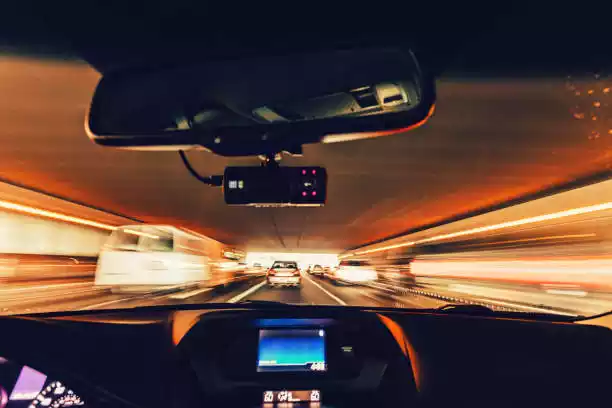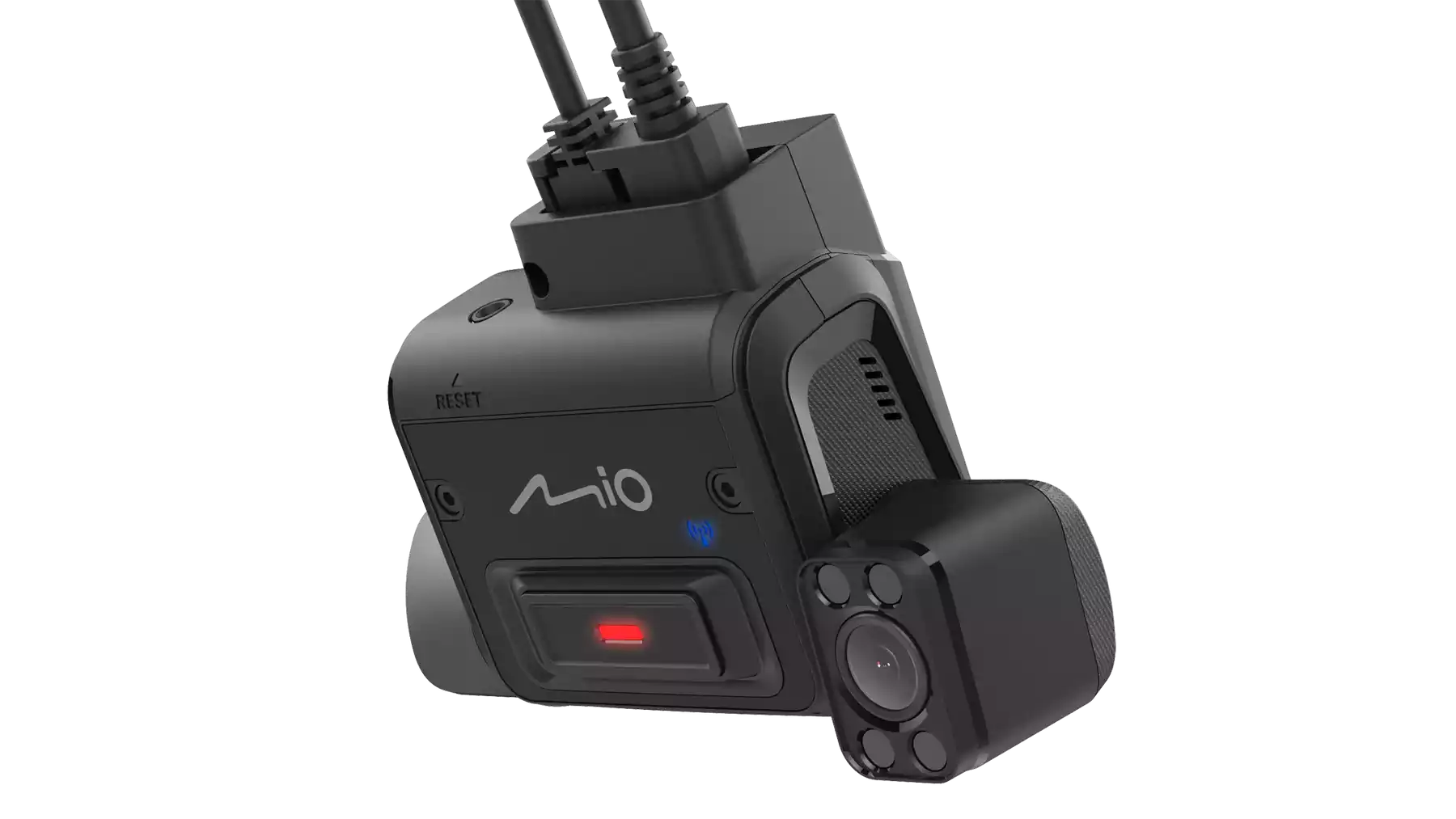
What is video telematics?
Video telematics is a technology that uses video and GPS data to improve fleet management and safety. Essentially, it uses cameras and sensors to record video and data about the route, driver, and vehicle. This data can then be used to improve fleet management and safety.
It’s a relatively new technology, but it’s already having a major impact on the mobile mapping and fleet tracking industries. Video telematics can be used to improve route planning, driver safety, and fleet maintenance. In this article, we’ll explore the benefits of video telematics for mobile mapping and fleet tracking.
The benefits of video telematics for fleet tracking
There are many benefits of video telematics for fleet tracking. The most obvious benefit is improved safety. By monitoring driver behavior and keeping track of incidents, video telematics can help fleet managers identify dangerous drivers and take appropriate action. This will reduce the risk of accidents and injuries. Another major benefit of video telematics for fleet tracking is route optimization. With video telematics, you can collect data about driver behavior and vehicle condition. This data can then be analyzed to help improve routing and reduce fuel costs. Video telematics can also help you meet regulatory compliance. For example, if you are required to track hours of service, video telematics can be used to track hours, breaks, and other records. This will help you stay in compliance with the law.
How video telematics can improve driver safety
Driver behavior can be used to improve driver safety as well as route planning. For example, if a driver consistently stays below the speed limit, you’ll be able to identify a “safe” driver. On the other hand, if a driver frequently breaks the speed limit, you’ll be able to see this and take appropriate action. Driver behavior can also be used to identify dangerous routes. For example, if a driver consistently breaks the speed limit, you’ll be able to identify a route that is dangerous. You can then take appropriate action to mitigate the danger.

How video telematics can improve route planning
One of the main ways video telematics can improve route planning is by measuring driver behavior. By measuring how long it takes for drivers to travel between two points, you’ll be able to identify inefficient routes. Driver behavior can also be used to identify dangerous routes. For example, if you notice that a certain route takes much longer than other routes, it may be because the route is dangerous. By measuring the time and distance of a route, you can also identify areas where fuel economy can be improved. For example, if a route consistently has poor fuel economy, you’ll be able to identify problem areas (e.g. a stretch of highway that is uphill). This data can be used to improve trip optimization and reduce fuel costs.
Other Benefits of Video Telematics
By using the AI-powered dashcam, the below incidents can be registered and recorded, those incidents can include but not limited to:
- Harsh Acceleration
- Harsh Braking
- Distracted Driving
- Drowsy Driving
- Removing Seatbelt
- Over speeding
- Unauthorized Use of Vehicle
Related blogs
Book a free appointment with Yamme
Learn how our system provides the visibility you need




